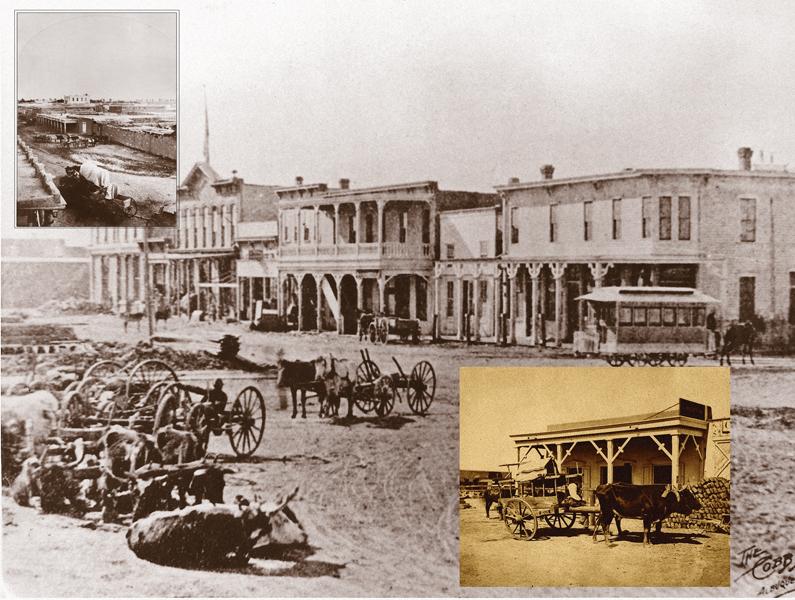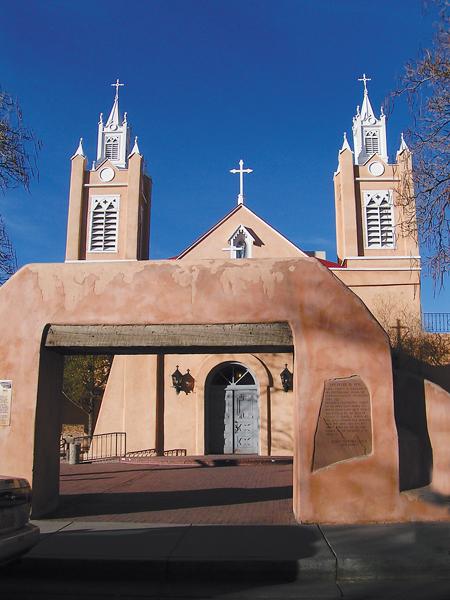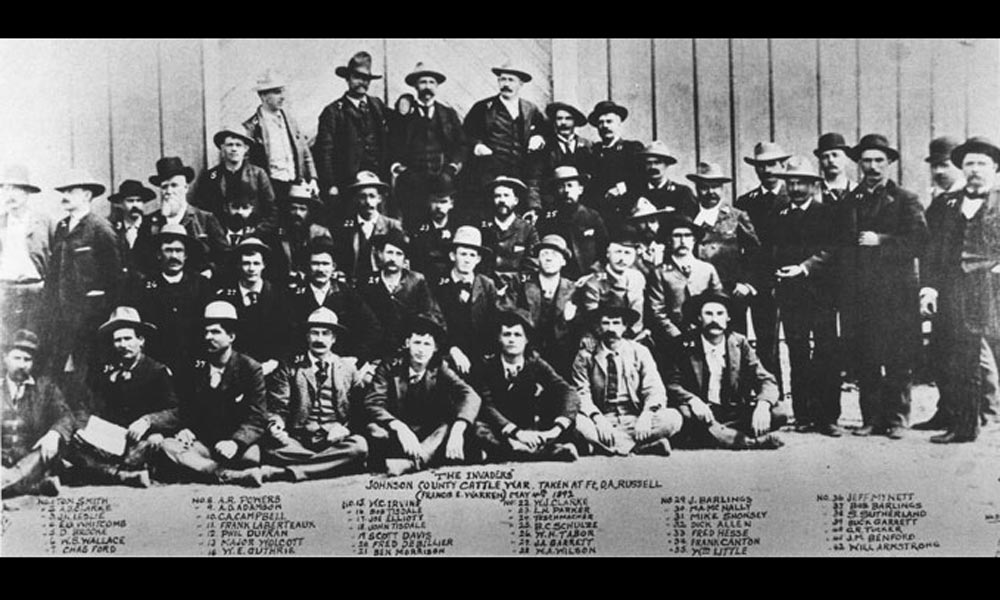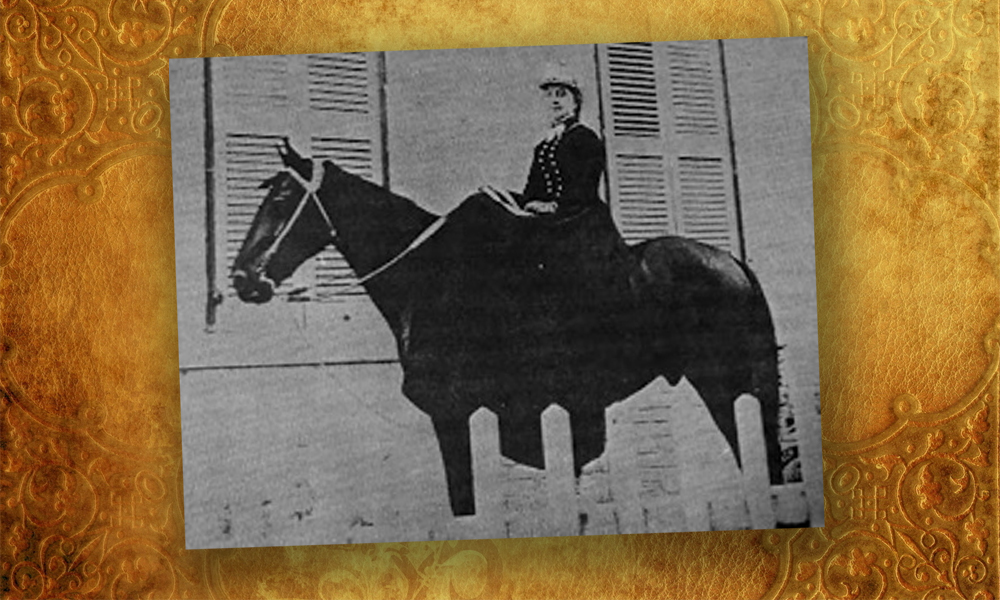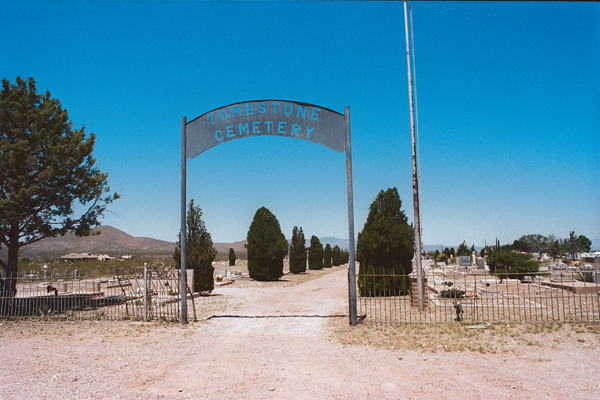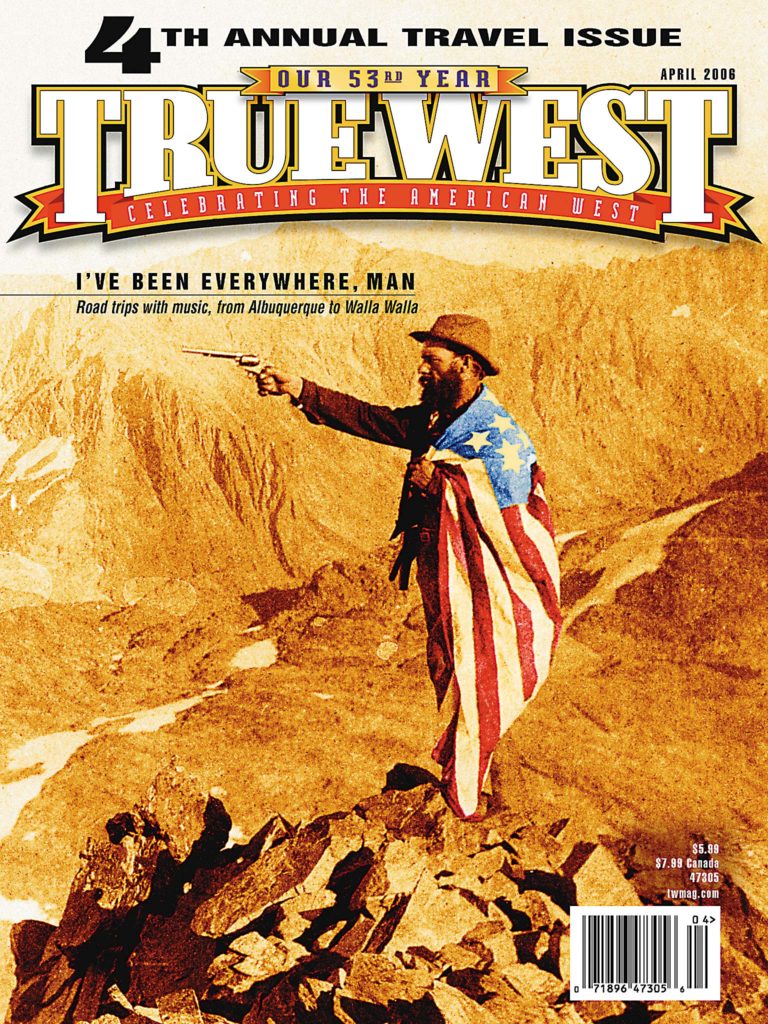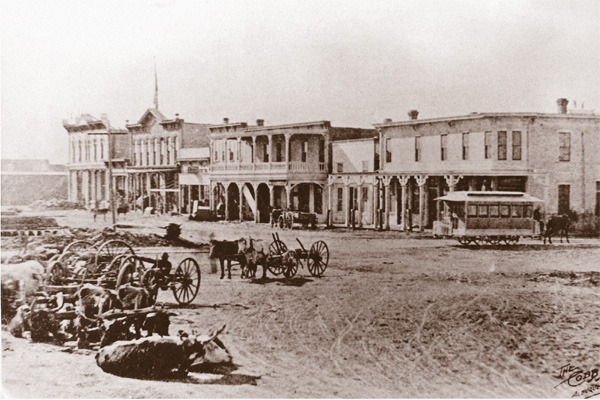 Long before Chris Columbus was a twinkle in his daddy’s eye, Pueblos lived in the Rio Grande Valley, farming what would become present-day Albuquerque, New Mexico.
Long before Chris Columbus was a twinkle in his daddy’s eye, Pueblos lived in the Rio Grande Valley, farming what would become present-day Albuquerque, New Mexico.
Over the past 300 years, Spain, Mexico, the Confederate States of America, the United States and then the state of New Mexico have flown flags over these square miles of what has been river, swamp, farmland, vineyards and desert.
It was April 23, 1706, when Spaniard Francisco Cuervo y Valdez founded a little villa on the banks of the Rio Grande and named it San Francisco Xavier de Alburquerque. Legitimized as a settlement by the viceroy of New Spain (the Duke of Alburquerque), it became the newest colony of the territory of New Mexico.
What started as a villa of 18 official families was incorporated as a town in 1885, a few years after the railroad laid down tracks near Old Town. (When a railway depot sign dropped the first “r” in Alburquerque, the error stuck.) In the 1880s, the city’s population numbered 2,000; today, it is home to over 550,000 people in the metro area.
The ethnic makeup, mainly Hispanic and Indian, remained stable until the 1830s when the Santa Fe Trail brought in Europeans, especially German and Irish. The arrival of the train in 1880 and Kirtland Air Force Base in 1941 stirred the melting pot, and now Albuquerque is home to several dozen ethnicities and cultures.
Old Town, where it all began, is located on Rio Grande and Central Avenues NW. It was here that a plaza was laid, a church built and houses erected. Portions of Old Town look much like they did 300 years ago. San Felipe de Neri Church, located on the north side of the plaza, had Gothic features added between 1868-90. The original church (1705-1706) collapsed around 1790, but some of the original adobe is still there. The church, rebuilt in 1793, has operated continuously.
The priests of that era served as teachers. Around 1877, they sent for Sister Blandina Segale to run the first school (boys only). Our Lady of the Angels School (north and adjacent to the church) opened with only two classrooms. The sisters urged the church to allow them to teach according to age, thus creating the first graded public school in New Mexico. The city currently supports 150 public schools, several universities and a vocational school.
The Civil War marched into town in 1862. The “Battle of Albuquerque” consisted of Union troops lobbing cannonballs into what is now the west side of Old Town, while the Confederates ducked. Union Col. E.R.S. Canby stopped shelling when he discovered mainly civilians in the line of fire. Undaunted, he lured the Confederates up into Tijeras Canyon, east of town. The tide turned, and the Rebels, a Texas unit, retreated. A gazebo rests in the center of Old Town’s plaza on the site of a Confederate guard-house. Replicas of two Civil War cannons sit next to the gazebo; the original ones left behind by Brig. Gen. H.H. Sibley were buried north of the church. Dug up years later by a returning ex-soldier, one of the cannons is now housed in the Albuquerque Museum.
While original inhabitants of the Rio Grande Valley may be gone, descendants assimilated into other tribes. The Navajo and Hopi Indians, however, keep the Indian presence alive. Indians often sell silver and turquoise jewelry under the portal (porch) along the east side of the plaza in Old Town.
Credit the weather for the city’s eventual population surge. Blue skies, warm temperatures and low humidity were ideal treatment for tuberculosis sufferers. “Lungers” swarmed into town, and by 1900, one-third of the population was either afflicted or caregivers. More than a dozen sanitariums sprung up.
One event that has survived for over 100 years first started in 1882 with the launch of a gas balloon on Central Avenue. Last year’s International Balloon Fiesta featured over 900 hot air balloons, 20 gas balloons and a million visitors.
Route 66, celebrating 80 years, brought the first transcontinental tourists through town. Now named Central Avenue, Route 66 extends both east and west, allowing travelers unparalleled vistas of desert and mountains. In contrast, El Camino Real, the “royal road” dating back to the 1500s, follows present-day north-south Fourth Street. Extending from Santa Fe to Mexico City, El Camino Real intersects Route 66 at Fourth and Central NW, downtown.
Over 200 years after its founding, when New Mexico gained statehood in 1912, Albuquerque added another flag to its collection. In another 300 years, one can only wonder how many more flags will fly over Old Town’s plaza.
Visit www.albuquerque300.org for a calendar of events celebrating Albuquerque’s tricentennial through this October.
Photo Gallery
Albuquerque was founded long before the town was incorporated in 1885. When this photo of Main Street was taken in 1870, only 18 official families lived there. Then the Santa Fe Railway laid tracks near Old Town (First and Railway Streets in 1882). Population boomed after that. People like C.W. Lewis (whose shop is shown behind the cart) began opening up businesses around town.
– True West Archives –
– By Myke Groves –


